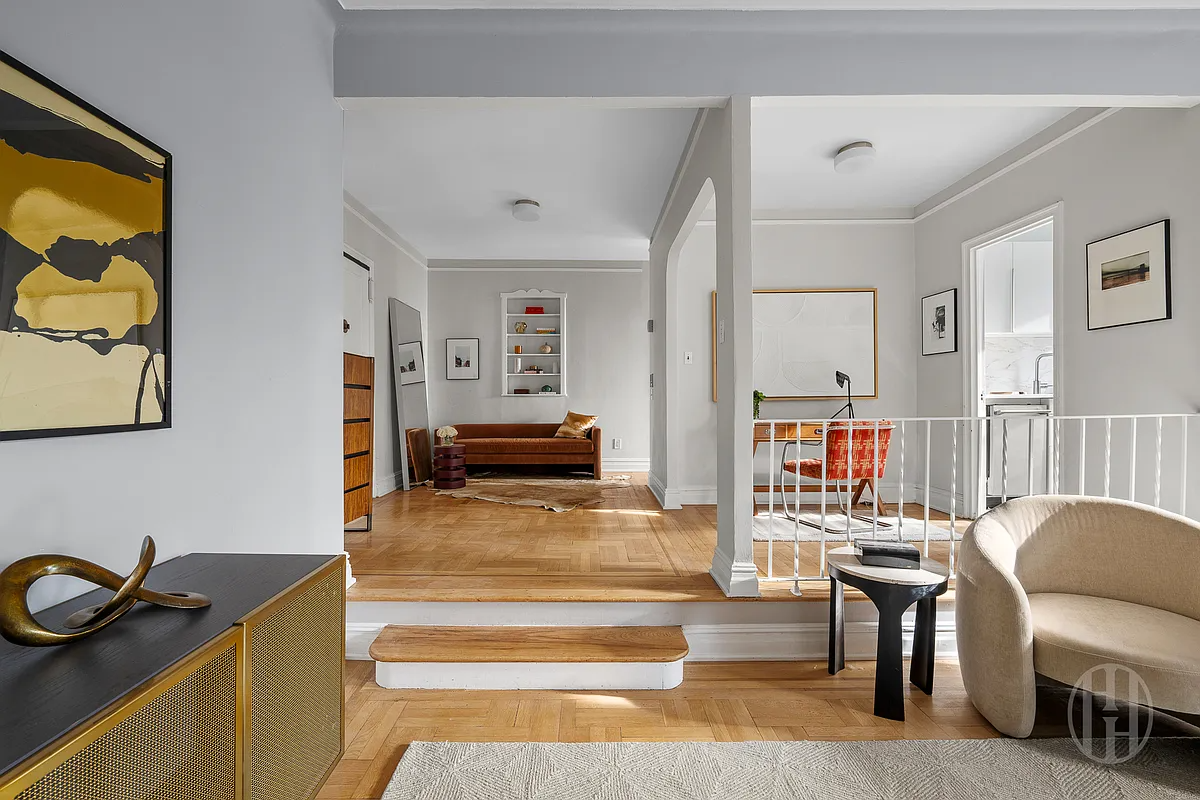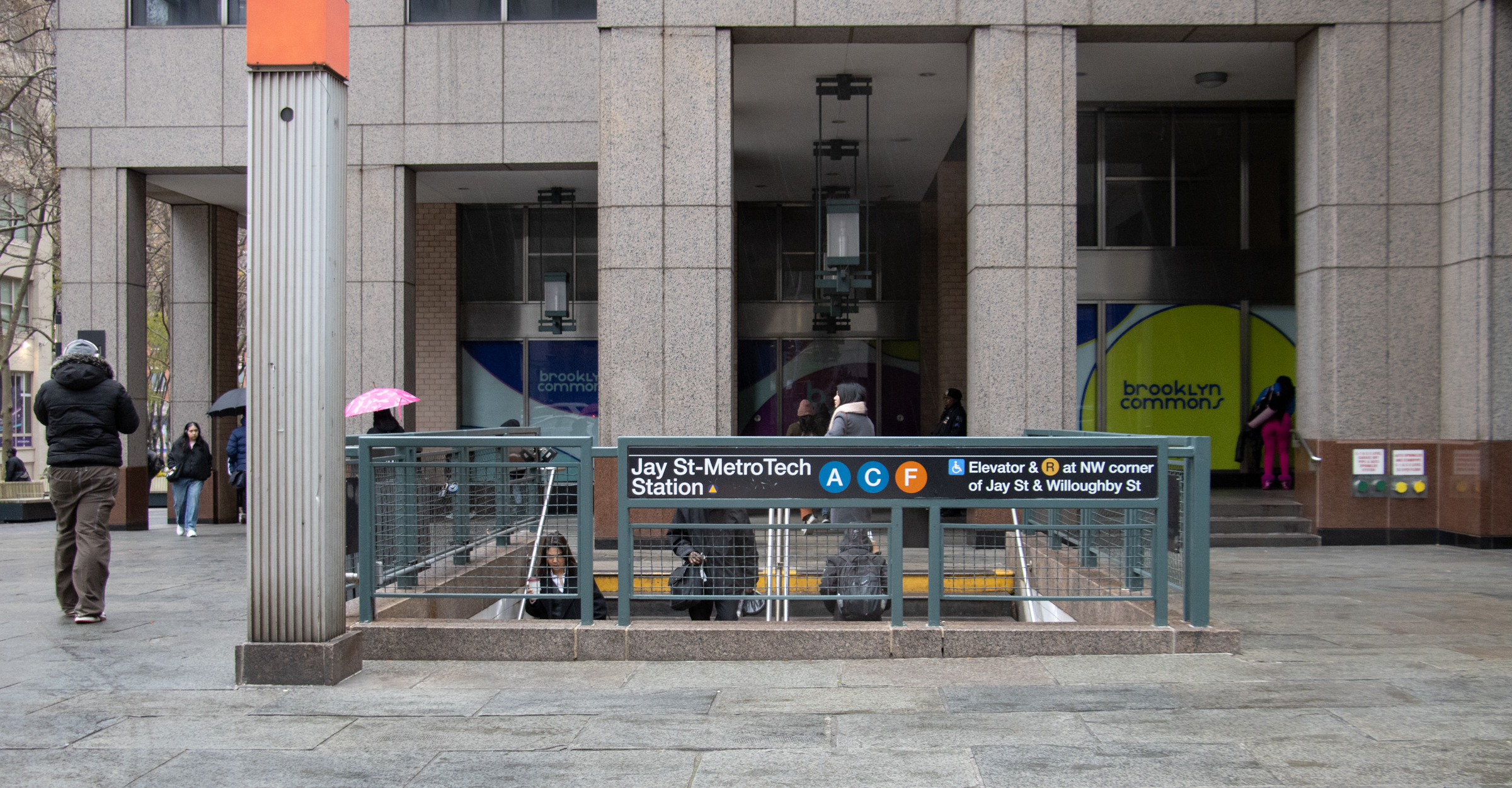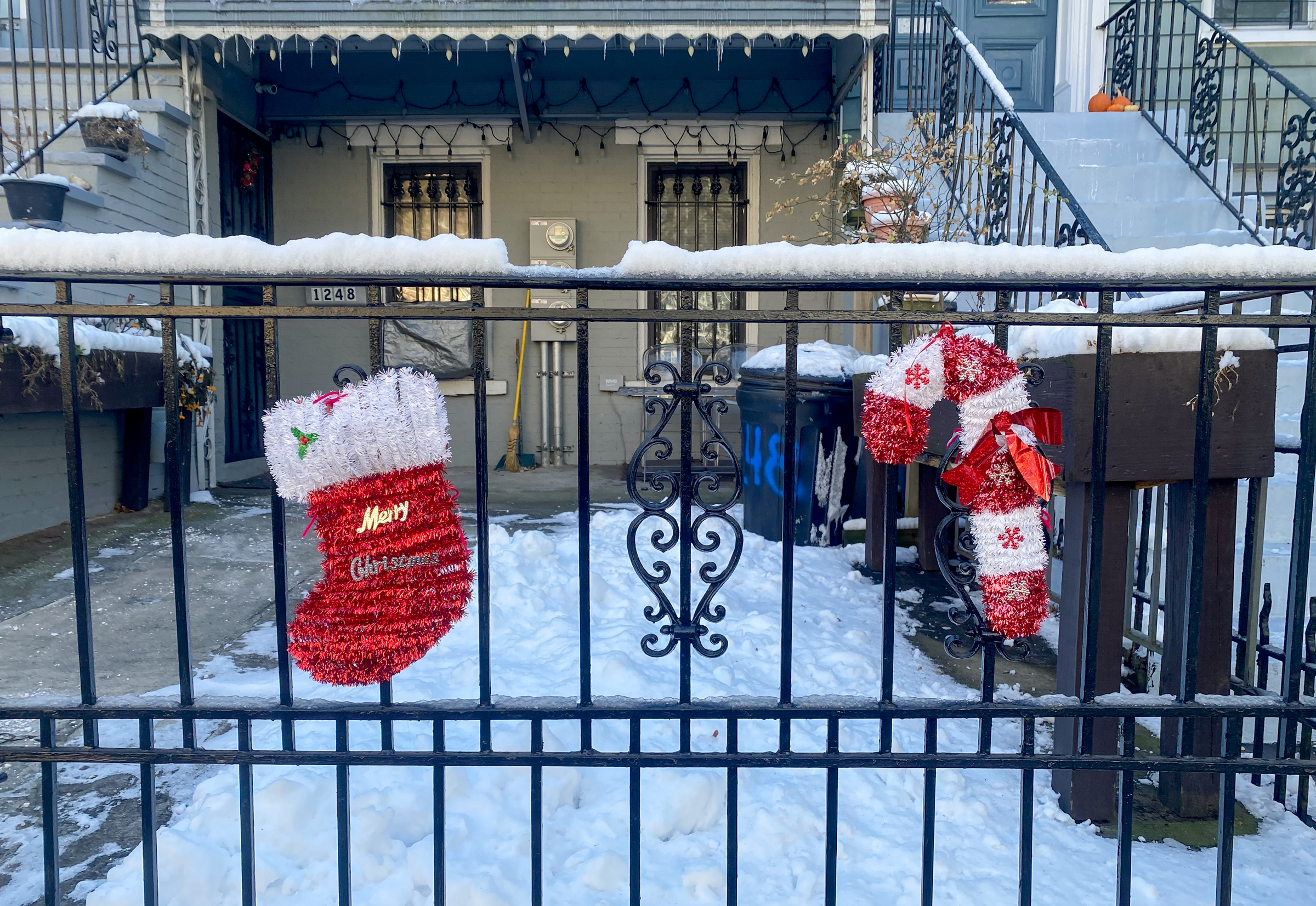Corcoran Market Report: We're OK, Actually
We got our hands on Corcoran’s Q2 sales data, and it shows that the state of the Brooklyn market isn’t quite as precarious as the Times made it out to be. The median price per square foot sales price of condos and co-ops is up 10 percent over this time last year, to $560,000, and…


We got our hands on Corcoran’s Q2 sales data, and it shows that the state of the Brooklyn market isn’t quite as precarious as the Times made it out to be. The median price per square foot sales price of condos and co-ops is up 10 percent over this time last year, to $560,000, and there was a 4 percent reduction in condo/co-op inventory. In terms of townhouses, while the median price on one-families was down 3 percent from Q2 ’07 levels, to $965,000, the median price on 2-4 families was up 6 percent, to $1,240,000. In fact, all the brownstone Brooklyn neighborhoods had pretty substantial price increases in the larger townhouse category, and inventory was extremely tight. The most startling figure in the report is the 15 percent decrease in median prices for Williamsburg condos, but even that doesn’t seem so horrible when you factor in that Corcoran had 47 percent more condo listings between April and June ’08 compared to the same three months in ’07. Another mediating factor to consider in viewing the drop in median price of Williamsburg condos: Many developers began skewing their mix of inventory towards studios and one-bedrooms since those were the units that were selling best; if there were more small apartments in the 2008 data, one would expect to see average and median prices declining. Conclusion: We don’t think the party’s over and done with in Brooklyn, either.
Manhattan ‘Still a Party’; Hangover for Williamsburg? [Brownstoner]





Yeah, 1:23 – but don’t you wish sometimes it were? 🙂
“Early Harlem’s economy centered on agriculture until the railroad and Manhattan street system brought industry to the area. A housing boom ensued; however over-zealous builders found their buildings empty and opened their doors to tenants of all colors. According to a 1910 Census, Harlem had a population of around 500,000; only 50,000 were African American and 75,000 were native-born whites, the rest were immigrants from Ireland, Germany, Hungary, Russia, England, Italy and Scandinavia. By 1930, the African American population grew to over 200,000.” -welcometoharlem.com
In other words, cheap housing was not what allowed Blacks to move here in droves (you need to read a little history before you analyze it), Too much housing forced builders to go begging for tenants and made it easier for people of color to get housing, but was by no means what “allowed” them to move here. they came to find work, and work was in the Cities. in 1917 Harlem had a huge number of Jewish people, Italians, Irish and others. Many of the black residents were already in NYC and as some of their communities were destroyed for new building, they moved to where they could afford.and they were driven by Anti-Black riots in Manhattan as well. the idea that Blacks got a great real estate deal is to ignore the other groups who benefited as well. The whites chose to move when blacks moved in as a result of their bias and prejudice. These were all at one time or another immigrant neighborhoods, and the price range allowed poor and middle class people to afford to live there. Most were renters.
I don’t know the exact figures but many of the people who lived/rented in Harlem and Bed-Stuy were able to buy there when prices went down, or as their financial status improved. No one handed them anything. they worked hard to build their neighborhoods back up- to claim cheap housing allowed them to have great houses today is to completely misrepresent the entire context.
1:03 and how many of them bought in the last 2-3 years?
1:11
Per Mayor Bloomberg’s budget presentation page 14. 25% of total NYC wages come from the securities industry. The City is become more dependent on the financial services industry over time…not less so.
here is the link to the presentation
http://www.nyc.gov/html/omb/pdf/sumss5_08.pdf
my 2 cents – the forecast for 2 Half 2008 and 2009 GDP growth are wildly optimistic. Stay tuned.
“There is near infinite demand for housing in this borough of 2,300,000 people.” Polemicist at 11:36.
“My point is simply this…Prices might decline, developers and buyers might foreclose, but it’s not like these new condos will have zero value or worse.
Polemicist at 1:07.
Polemicist – do you even think about what you say before you post? What you say at 1:07 completely contradicts what you said earlier. If there was an “infinite demand” why would the prices decline?
Not surprsingly, as you can’t seem to maintain a consistent position, you have no clue as to what I’m saying. I’m not arguing condos will “have zero value or worse.” In fact, I have yet to see anyone on this site, even an idiot like the What (don’t worry What just kidding (not)), make such a stupid argument. My point is that prices will go down and they will go down a lot – maybe 30 to 50%. That’s a huge drop for people who bought at the top and it will cause real pain. Granted people who bought in the early 90s or before would still be sitting on a nice profit but that shows how much prices have gone up. That type of a decline, which will happen unless the Fed drops the ball and allows inflation to get completely out of control, will negatively impact the standard of living in NYC in a big way.
So the numbers come out basically good compared to much of the rest of the country, and everyone comes on here saying the sky is falling.
Sounds like a bunch of bitter renters to me.
Some people have no memories before 2000. Brooklyn is a 100 times better place to live than it was 15-20 years ago, but all you people want to do it bitch and moan.
Go enjoy your lives and stop obsessing about something that is TOTALLY OUT OF YOUR CONTROL!
bxgirl, the early 90s called. they want their house appreciation back. that’s like saying the govt. doesn’t have much to do with US politics b/c not many Americans are employed by the govt.
you need to listen to Wutang: cash moves everything around me, c.r.e.a.m. get the money. dolla’ dolla’ bill yall.
despite what starship claimed, this city ain’t built on rock ‘n roll.
“INVENTORY is down, presumably because sellers have decided to wait out the softness. SUPPLY is wildly up and continuing to rise.”
I don’t get it. Supply and Inventory are the same thing.
How many people work in finance in NYC? does anyone have totals on that? And how many of them live in NYC, NJ, Connecticut, Westchester? the finance industry may be NYC’s largest employer but what does that actually work out to in terms of all business in NYC and the total number of people employed in NYC?
I’m certainly not saying that what’s happening in finance is not going to have a huge impact, but I’d like to see this put into the context of the city overall. As great as the impact is, this is a huge city with a lot of other business going on. There has to be some stabilizing factors in the City’s overall economy. A lot of us have lives outside the finance and real estate industries and no doubt we’ll feel the pinch but if the City is so dependent on Wall Street we’re in deep trouble, whether or not Wall Street is doing badly. for all the advice we get about diversified portfolios being the smartest way to keep your money, funny we don’t apply it to our economic system.Brooklynnative said it very well.